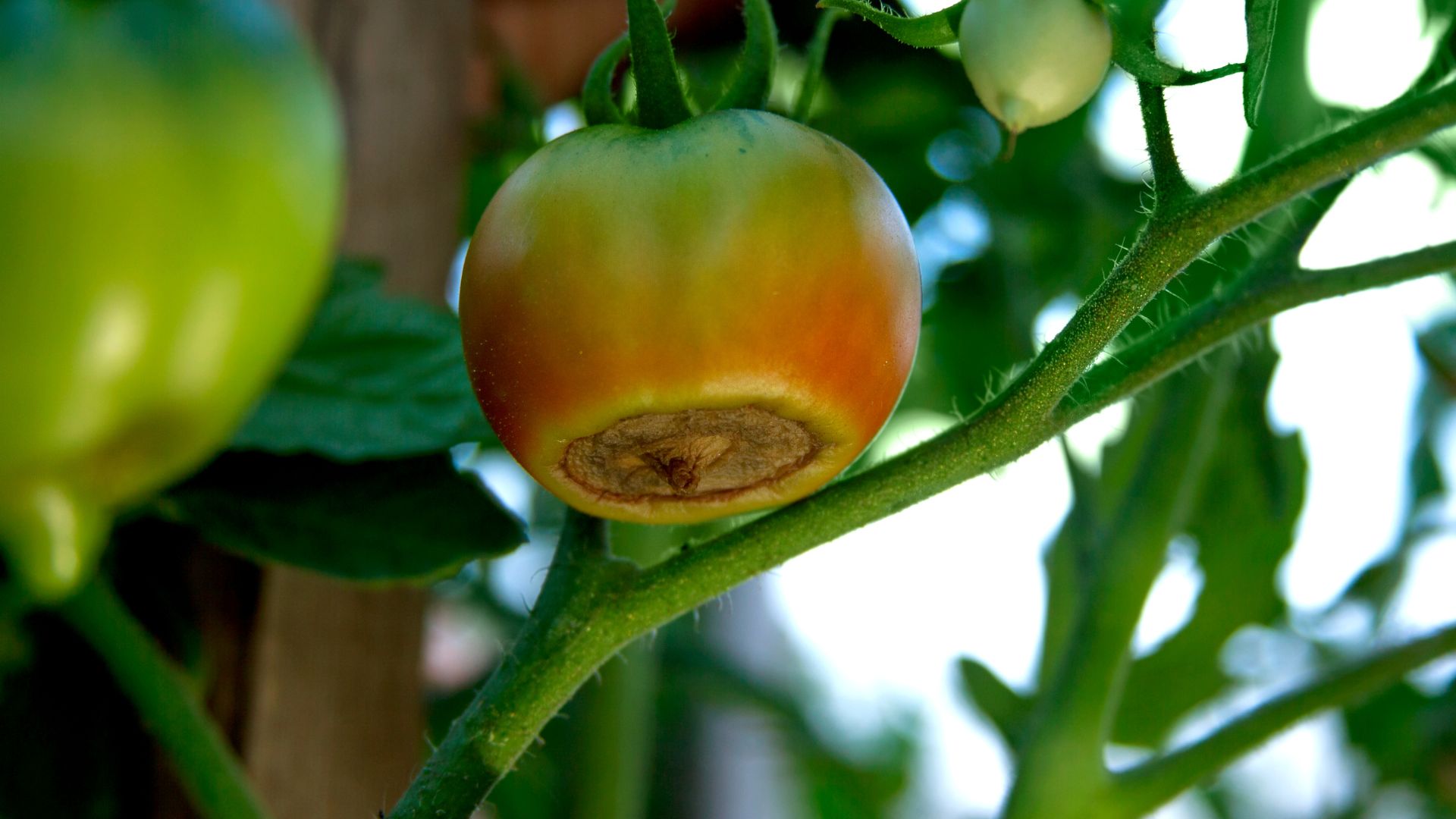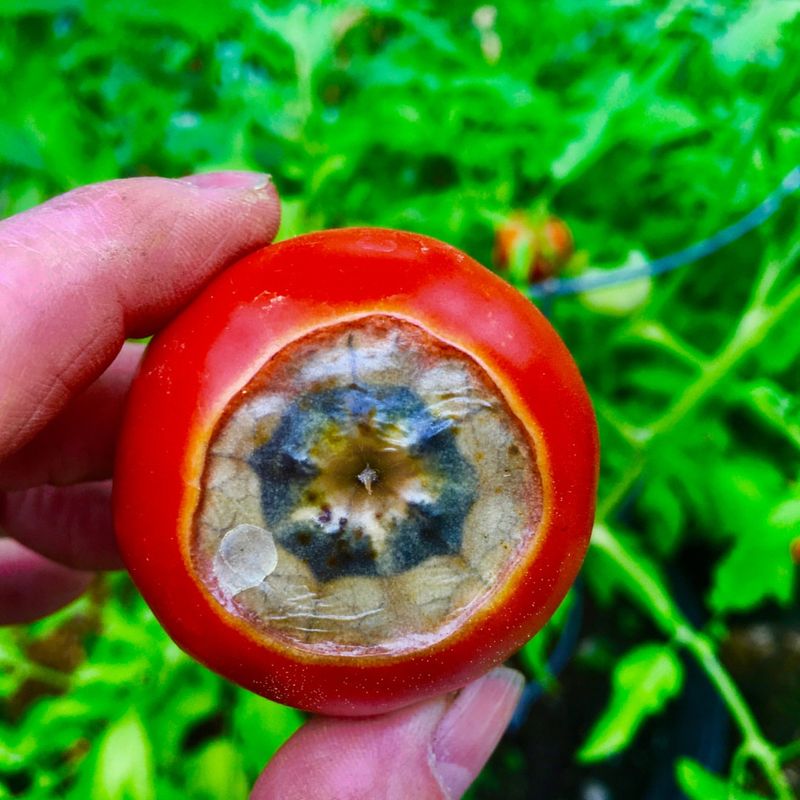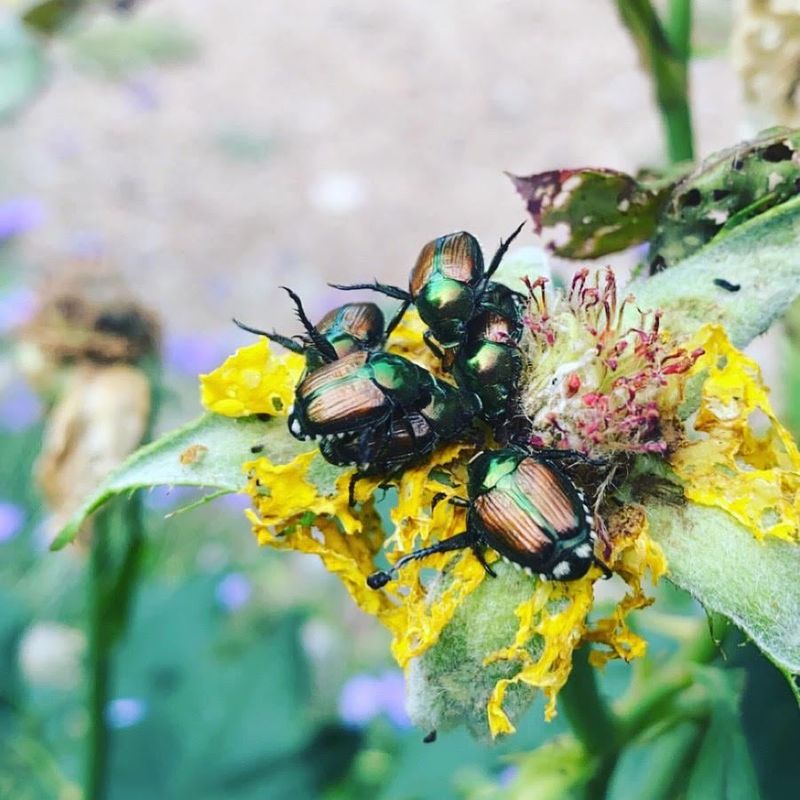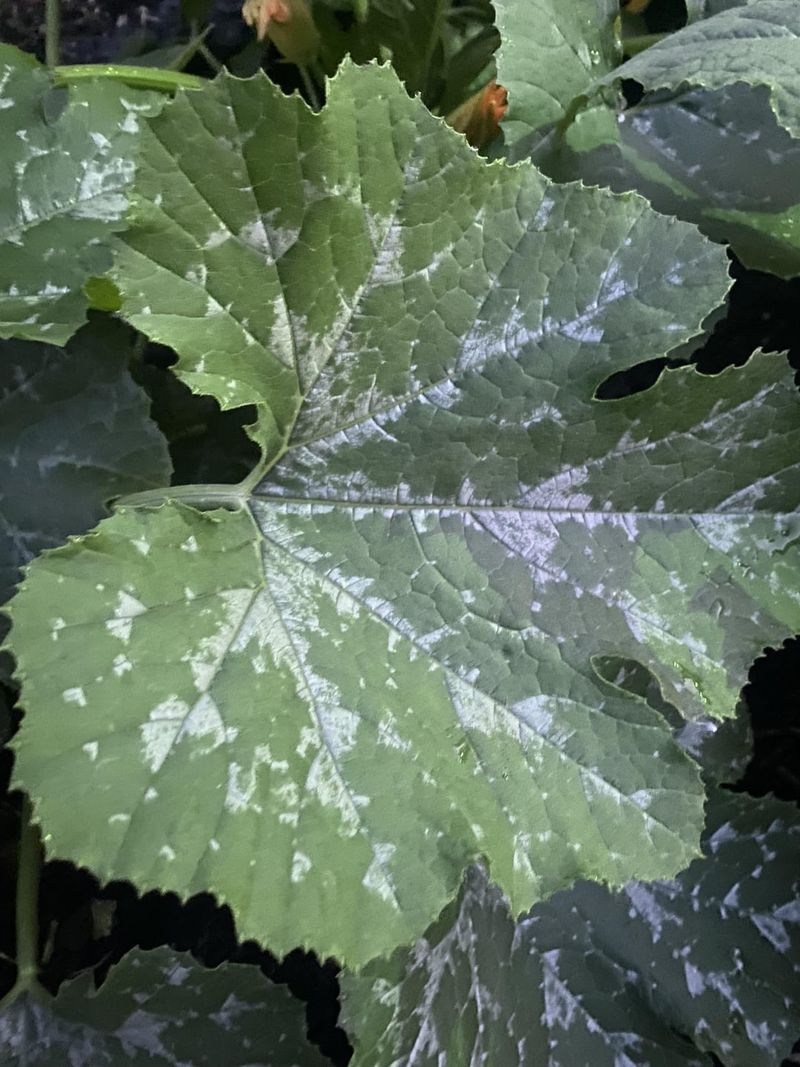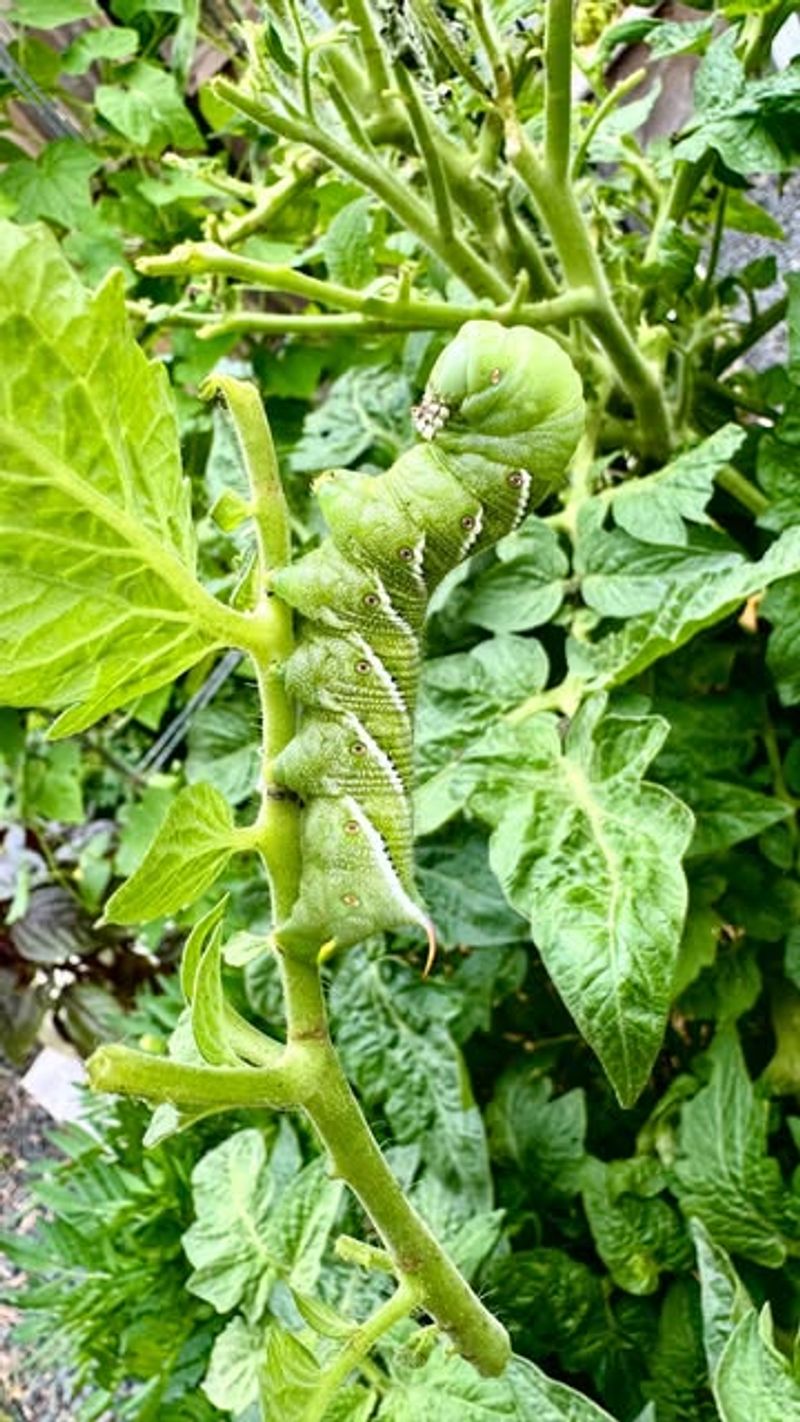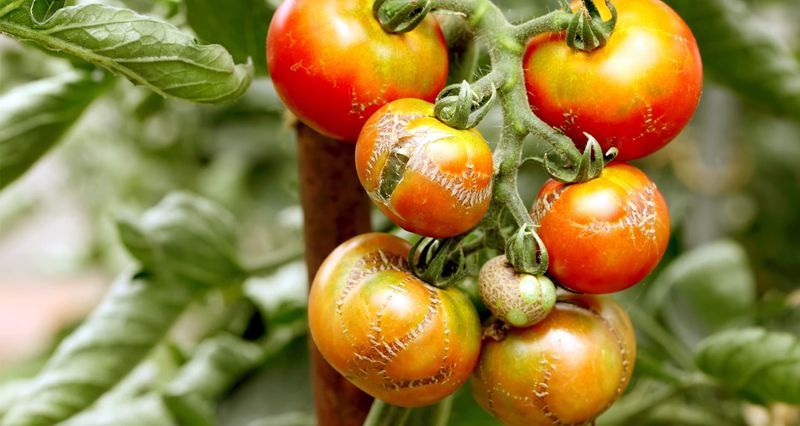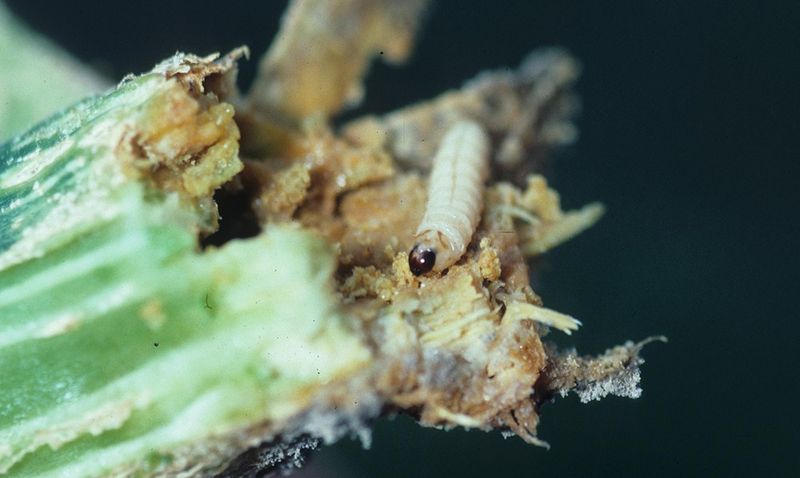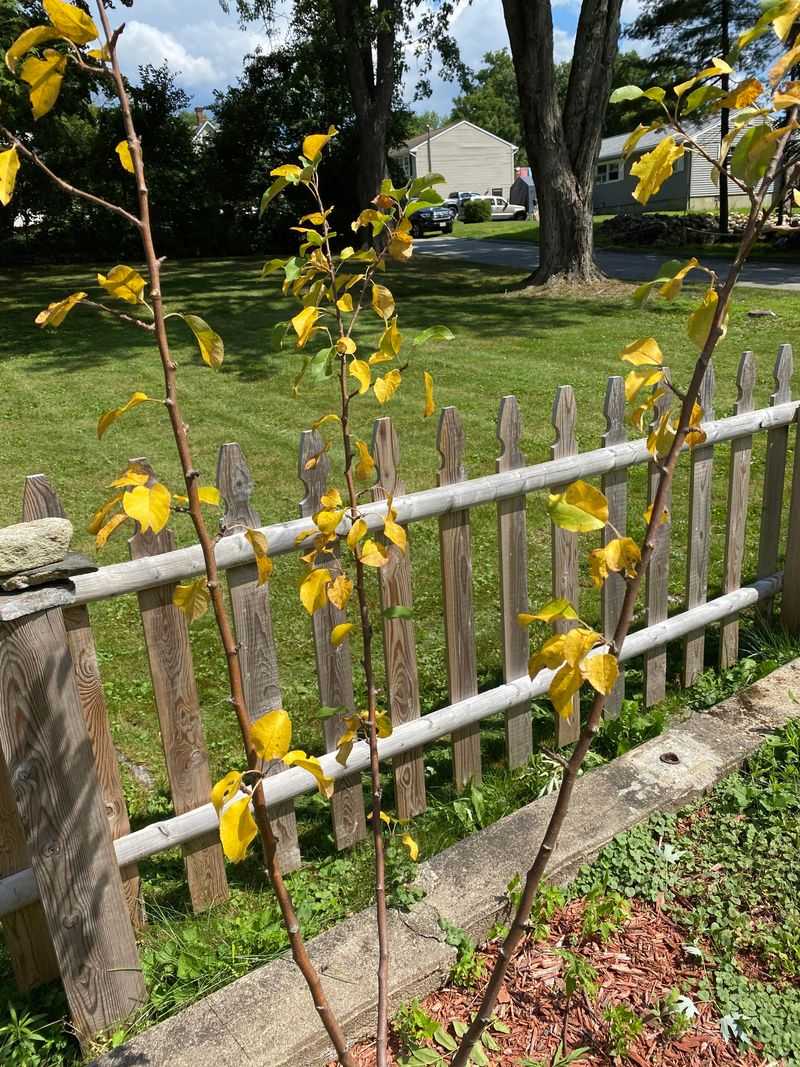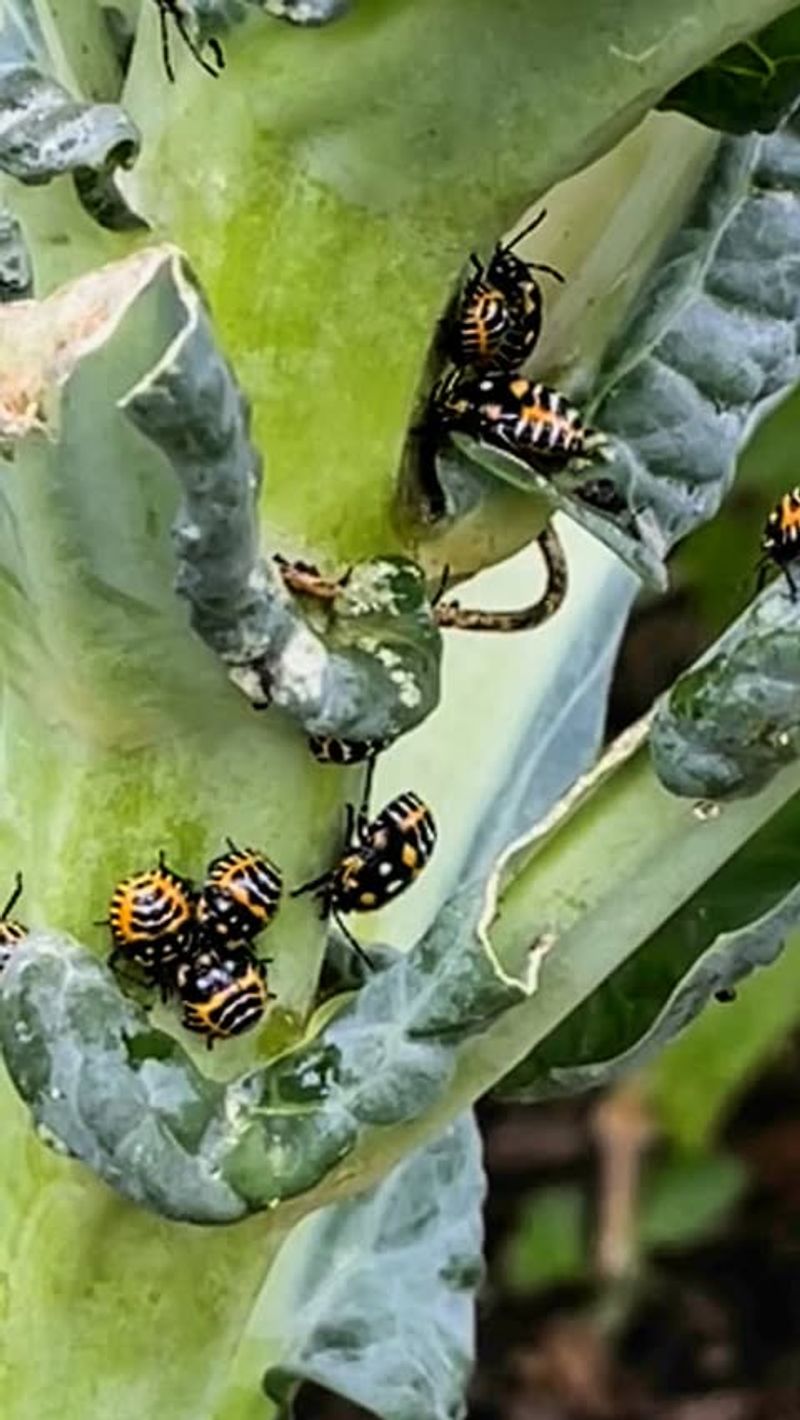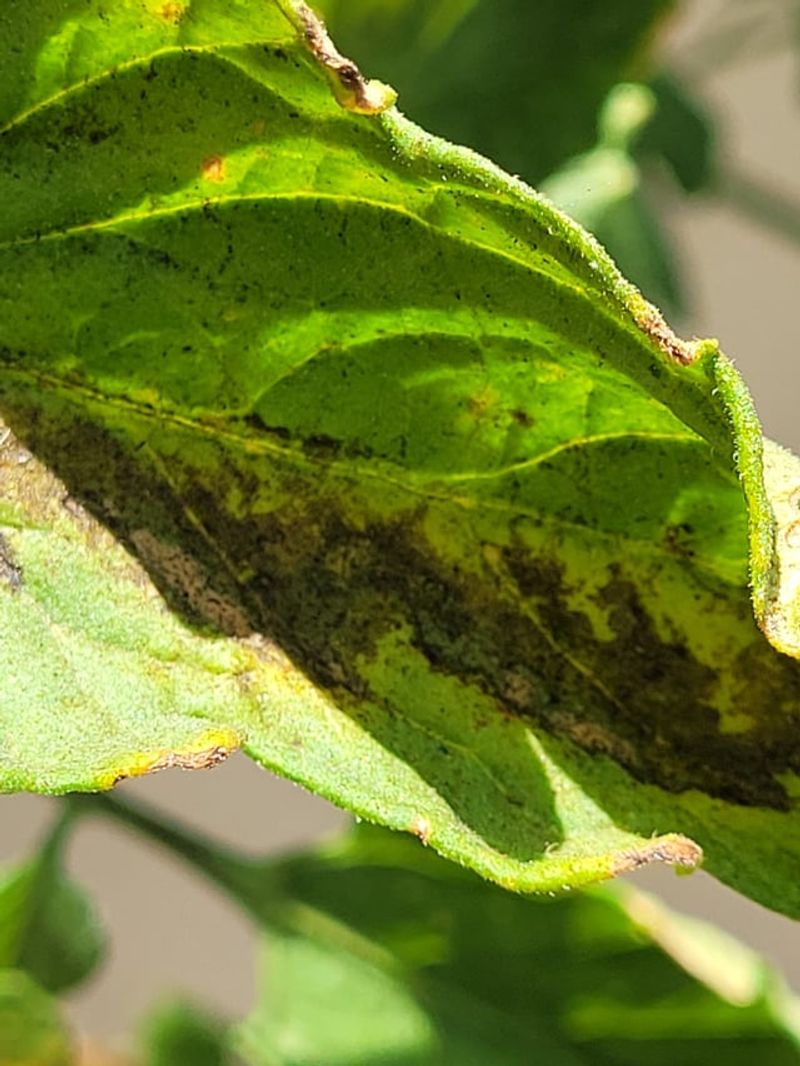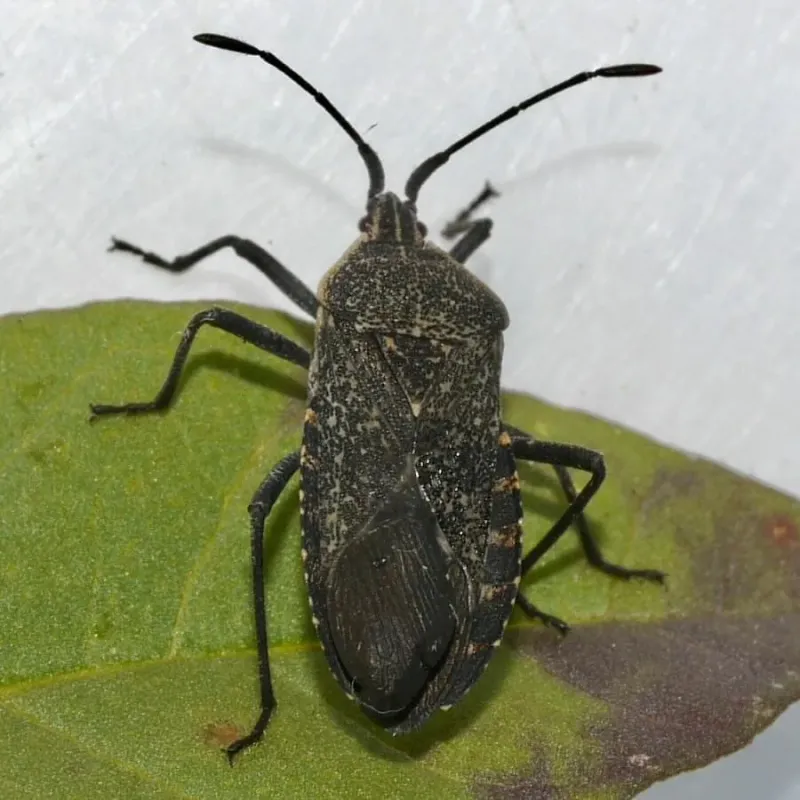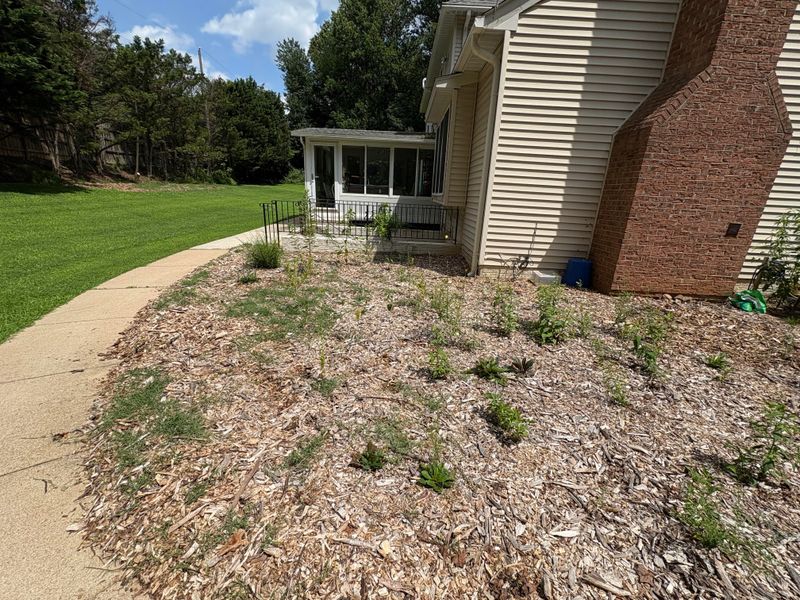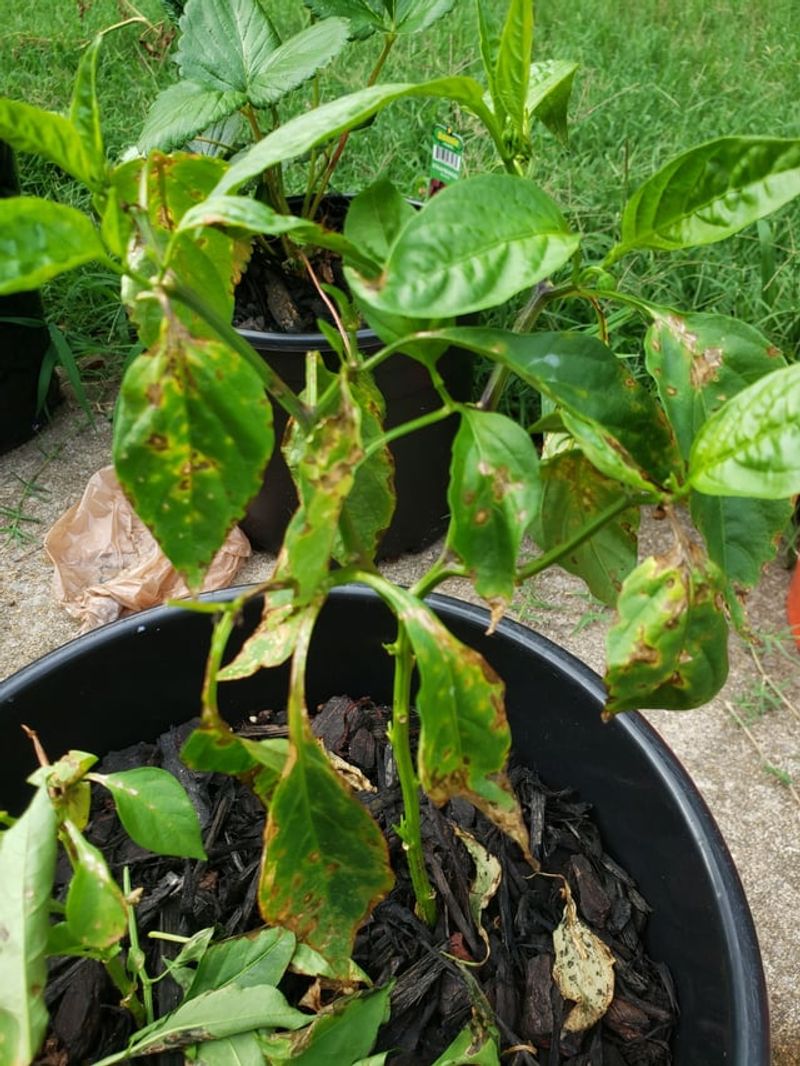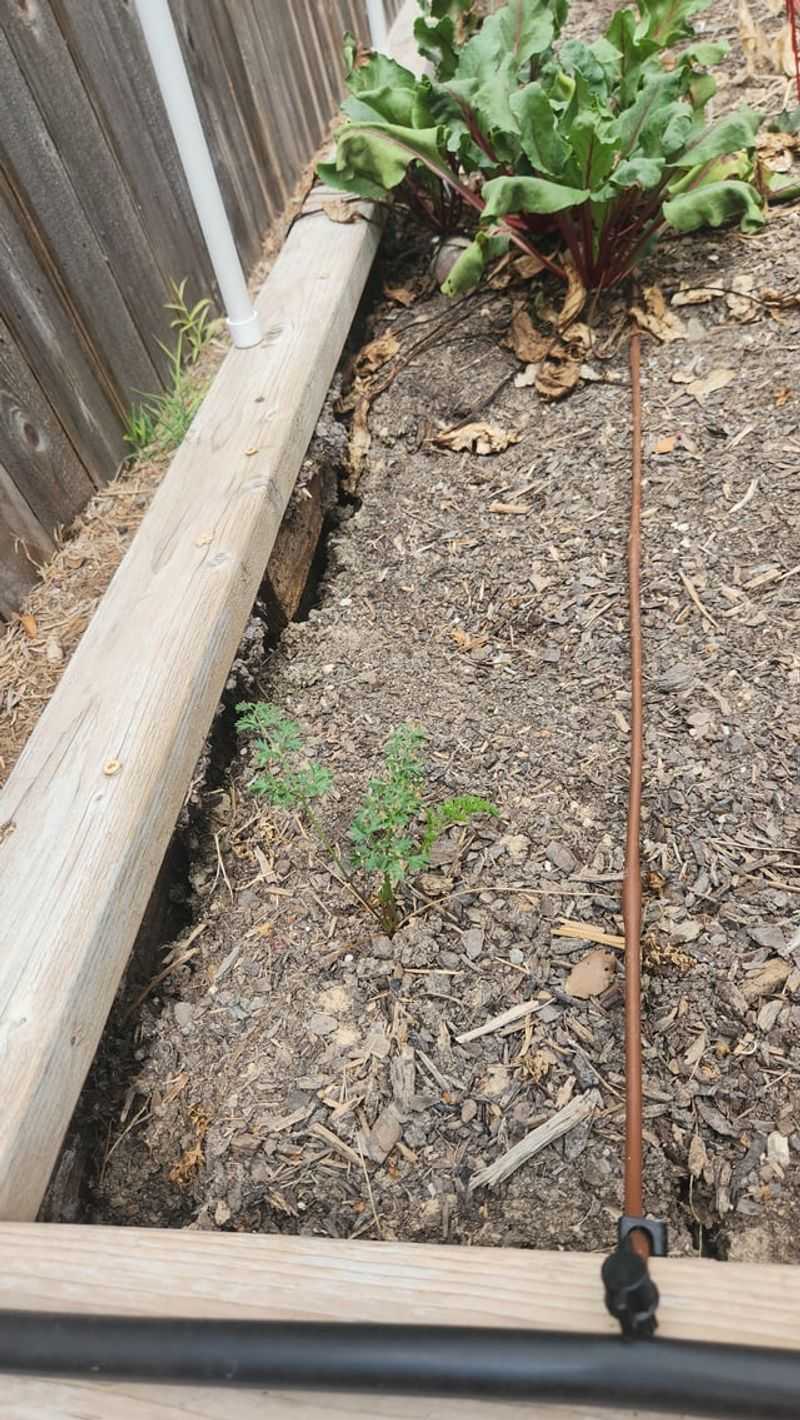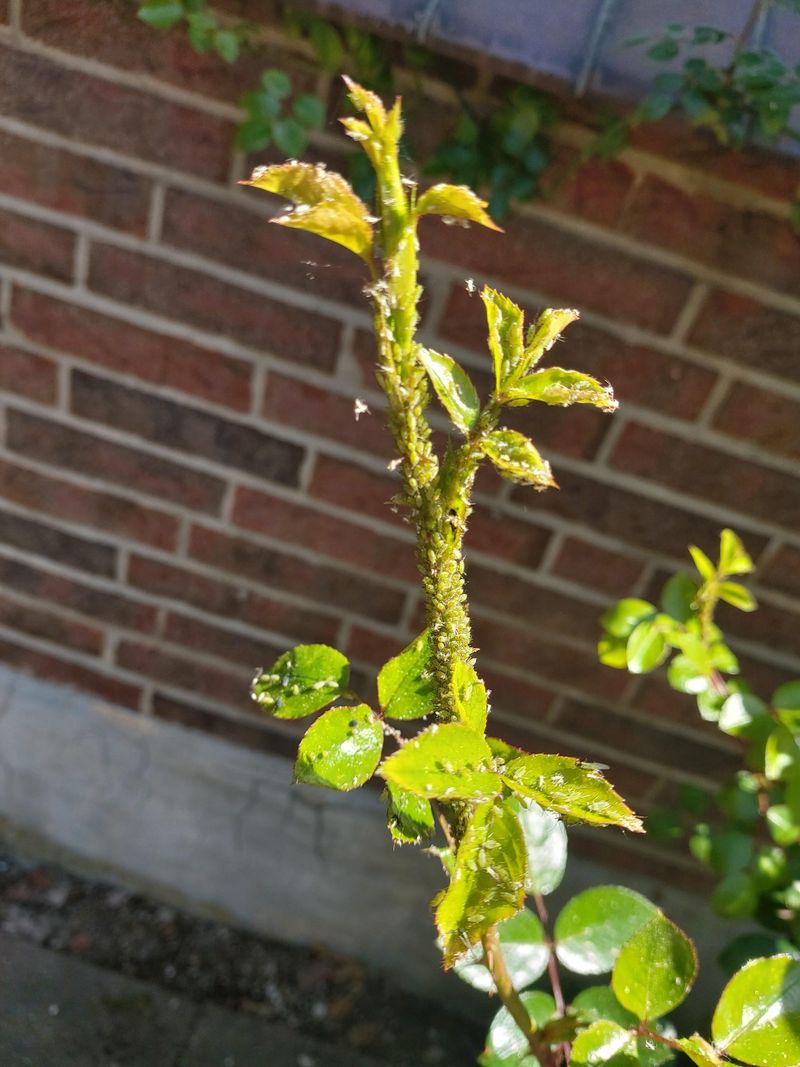Arkansas gardeners face unique challenges with our hot, humid summers and unpredictable spring weather. From pesky insects to mysterious plant diseases, our growing conditions can sometimes feel like they’re working against us. I’ve spent countless hours battling these garden troubles across my beds in Little Rock.
The good news? Most common garden problems have simple solutions that don’t require expensive chemicals or complicated techniques. You might notice these issues appearing seemingly overnight – one day your garden looks perfect, and the next you’re wondering what went wrong.
Last season, my tomato plants went from thriving to wilting in just 48 hours, teaching me that quick identification leads to faster solutions. I’ve compiled this list of problems I frequently spot in Arkansas gardens, along with the straightforward fixes that have saved my plants time and again.
1. Blossom End Rot On Tomatoes
Those dark, sunken spots on the bottom of your tomatoes aren’t a disease – they’re a calcium deficiency. The frustrating part is your soil might have plenty of calcium, but inconsistent watering prevents plants from absorbing it.
I lost half my crop to this last summer before figuring it out. The quick fix? Maintain consistent soil moisture with regular watering and a thick layer of mulch. For immediate help, try a calcium spray from your garden center.
2. Japanese Beetle Invasion
These metallic green pests arrive in early summer and can skeletonize leaves overnight. They especially love roses, grapes, and blackberries in Arkansas gardens. Unlike some garden pests, they’re bold – they’ll hardly move even when you approach.
For a chemical-free solution, shake affected plants over a bucket of soapy water early morning when beetles are sluggish. My neighbor swears by milky spore as a long-term lawn treatment to break their lifecycle.
3. Fire Ant Mounds
Nothing ruins garden work faster than disturbing a fire ant mound and feeling that burning sting. These aggressive insects build dome-shaped mounds throughout Arkansas lawns and gardens, often appearing after rain.
Traditional pesticides can harm beneficial insects too. Try this instead: pour boiling water directly into the mound, or use bait stations around the perimeter of your garden. I’ve had success with orange oil products that are safer around vegetables.
4. Powdery Mildew Outbreak
That white, flour-like coating on your squash, cucumber, or zinnias spreads quickly in our humid Arkansas climate. Powdery mildew thrives when days are warm and nights are cool – exactly our spring and fall conditions.
Space plants properly for better air circulation to prevent future outbreaks. For immediate control, mix 1 tablespoon baking soda with 1 gallon of water and a few drops of dish soap. Spray affected plants early in the day before the sun gets intense.
5. Tomato Hornworms
These enormous green caterpillars can devour tomato plants at an alarming rate. Their camouflage is so effective you might only notice them after significant damage appears. Last year, I found one nearly as thick as my thumb hiding on a stripped stem!
Check plants regularly, especially under leaves. Hand-pick hornworms when you find them and drop them in soapy water. Or relocate them far from your garden – they eventually transform into beautiful sphinx moths.
6. Cracked Tomato Fruits
After our typical Arkansas summer downpour, you might find your nearly-ripe tomatoes suddenly split open. This happens when plants take up water too quickly after a dry spell, causing the fruit to expand faster than the skin can grow.
Maintain consistent soil moisture through regular watering. Apply mulch to regulate water absorption. For immediate protection during rainy periods, harvest tomatoes at the first blush of color and let them ripen indoors – they’ll taste just as good.
7. Squash Vine Borers
Suddenly wilting squash plants might be suffering from these destructive pests. The adult moths lay eggs at the base of plants, and the larvae tunnel inside stems, blocking water flow. You’ll often notice sawdust-like material near the stem base.
Cover young plants with floating row covers until flowering begins. For affected plants, try carefully slicing the stem lengthwise, removing the borer, then burying the wounded section under soil. I’ve saved several plants this way despite thinking they were goners.
8. Nutrient-Depleted Soil
Yellow leaves, stunted growth, and poor production often point to hungry plants. Arkansas’s heavy clay or sandy soils can lose nutrients after years of gardening in the same spot. The solution isn’t always more fertilizer.
Test your soil first – our county extension office provides affordable testing. Based on results, amend with compost, aged manure, or specific nutrients. My garden transformed after I started adding homemade compost each spring and fall to replenish what previous crops removed.
9. Cucumber Beetles
Spotted or striped yellow beetles might seem harmless, but they spread bacterial wilt that can kill cucumber and melon plants within days. The disease blocks water movement within plants, causing sudden wilting even when soil is moist.
Row covers help during early growth stages. Remove covers during flowering to allow pollination. For organic control, try sticky traps and companion planting with nasturtiums or radishes. A friend in Fayetteville swears that planting blue hubbard squash as a trap crop saves her cucumbers every year.
10. Early Blight On Tomatoes
Those brown spots with yellow halos on lower tomato leaves often appear after warm, wet weather. The disease works its way upward, eventually causing significant leaf loss and exposed fruits that sunscald.
Remove affected leaves immediately to slow spread. Mulch soil surface to prevent spores splashing onto leaves. Water at the base of plants rather than overhead. I’ve learned to plant resistant varieties like ‘Mountain Fresh’ that hold up better to our Arkansas humidity.
11. Squash Bug Infestation
These grayish-brown insects cluster under leaves and around stems, sucking sap and causing yellow spotting, wilting, and eventually plant death. They lay distinctive bronze egg clusters on leaf undersides that hatch into nymphs that feed aggressively.
Check plants regularly and crush egg masses when found. Place boards near plants overnight – squash bugs gather underneath for morning removal. I used to ignore these pests until they decimated my entire zucchini patch in just one week.
12. Bermudagrass Invasion
This aggressive lawn grass doesn’t stay where it belongs – it sends runners into garden beds, establishing nearly indestructible networks. Pulling often leaves fragments that regrow, making it one of Arkansas’s most frustrating garden weeds.
Create physical barriers by installing edging that extends 6-8 inches deep. For existing invasions, smother with several layers of newspaper topped with mulch. For severe cases, carefully directed applications of grass-specific herbicides can help when used away from garden vegetables.
13. Bacterial Leaf Spot
After summer thunderstorms, you might notice water-soaked spots on pepper leaves that turn brown with yellow halos. This bacterial disease thrives in our warm, wet Arkansas summers and spreads through water splash and handling wet plants.
Avoid working among plants when they’re wet. Space plants properly for air circulation. Remove infected leaves promptly. Copper-based fungicides can help manage severe outbreaks. I’ve learned to rotate nightshade family plants yearly since the bacteria overwinters in soil.
14. Soil Compaction Issues
Poor drainage, standing water, and stunted growth often indicate compacted soil – a common problem in Arkansas clay soils. Plant roots struggle to penetrate dense soil, limiting their access to water and nutrients despite regular feeding and watering.
Avoid working soil when wet. Add organic matter like compost yearly to improve structure. For immediate help, use a garden fork to create holes around plants without disturbing roots. My raised beds with amended soil produce twice the harvest of my in-ground garden areas.
15. Aphid Colonies
Those tiny green, black, or white insects clustering on new growth and buds suck plant juices, causing distorted leaves and stunted growth. Their sticky honeydew secretions often lead to sooty mold – a black coating on leaves.
Blast plants with a strong stream of water to dislodge aphids. Encourage beneficial insects by planting flowers like alyssum and dill nearby. For persistent problems, insecticidal soap works well. I’ve watched ladybugs clear my pepper plants of aphids in just three days!

